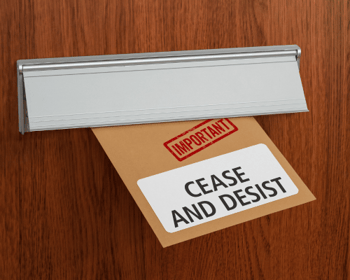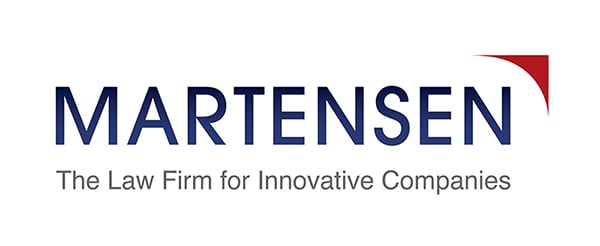Intellectual Property Enforcement: Welcome to IP’s “Wild West”
Protecting intellectual property (IP) is a crucial part of a company's success. However, registering trademarks, patents, and copyrights is only the first step towards safeguarding innovation. The true test of IP protection comes during enforcement. Since there is no IP “police force” under our system, companies themselves must play the role of IP Sheriff, patrolling the market to identify and confront unauthorized users of their intellectual property.
The Enforcement Conundrum
Once a company detects infringement, they face the enforcement conundrum. Traditional litigation, the go-to solution for most infringement actions, comes with a hefty price tag. The costs of legal proceedings can skyrocket, easily reaching the million-dollar mark for patent infringement cases, making litigation an impractical option for many businesses. The need for a more cost-effective and efficient enforcement mechanism becomes evident once companies face the financial burden of litigation.
Accordingly, companies are increasingly exploring alternative methods of IP enforcement.
Cease and Desist Letters
 A well-drafted cease and desist letter can be an effective way to inform the infringer of their violation and persuade them to stop using the IP. While not always successful, this approach can lead to a resolution without escalating to litigation. At the very least, the infringer is now on notice of their IP violation, which can lead to higher damage awards later. Key components of a cease and desist letter include:
A well-drafted cease and desist letter can be an effective way to inform the infringer of their violation and persuade them to stop using the IP. While not always successful, this approach can lead to a resolution without escalating to litigation. At the very least, the infringer is now on notice of their IP violation, which can lead to higher damage awards later. Key components of a cease and desist letter include:
- Description of the intellectual property
- Evidence of infringement
- Legal basis for the claim
- Timeline for compliance
- Consequences of non-compliance
Mediation and Arbitration
Mediation and arbitration are less formal alternatives to traditional litigation. These processes allow parties to engage in discussions facilitated by a neutral third party, aiming for a mutually agreeable settlement. Such negotiations can lead to a quicker and cheaper resolution than a protected courtroom battle.
Mediation is a voluntary and facilitated negotiation process in which a neutral third party, the mediator, assists the parties in reaching a mutually agreeable resolution. Unlike a judge in a courtroom, the mediator does not impose a decision but instead guides the discussions, helping the parties explore potential solutions. Mediation is often considered less adversarial, providing a more flexible and informal setting for open dialogue.
Arbitration, on the other hand, is a more formalized process that resembles a mini trial. It involves a neutral arbitrator or a panel of arbitrators who review the evidence and arguments presented by both parties and render a binding decision. While more structured than mediation, arbitration still offers a more expeditious and cost-effective alternative to traditional litigation.
Brand Protection Services
Some companies turn to specialized brand protection services that use technology to monitor and identify potential infringements across various channels. These services can provide early detection, allowing companies to take swift action before issues escalate. Some key features of brand protection services include:
- Comprehensive monitoring
- Online marketplace surveillance
- Cease and desist initiatives
- Data analysis and reporting
- Customized protection strategies
Leveraging Industry Networks
Collaborating with industry associations and networks can amplify the voice of a company facing IP infringement. Joint efforts and pooled resources within an industry can address common challenges more effectively.
As traditional litigation becomes more and more expensive, many companies can turn to alternative methods to protect their innovations. While the challenges of the Enforcement Conundrum are real, balancing costs and IP protection without entering the courtroom is often possible, particularly with a thoughtful enforcement strategy in place. With the right approach, companies can protect their investment in innovation without losing time and resources to unnecessary litigation. By doing so, companies can save the litigation option for situations where it is really needed.
If you need assistance navigating the IP landscape to ensure your innovations are protected, our team can help. Schedule a consultation to get started.



